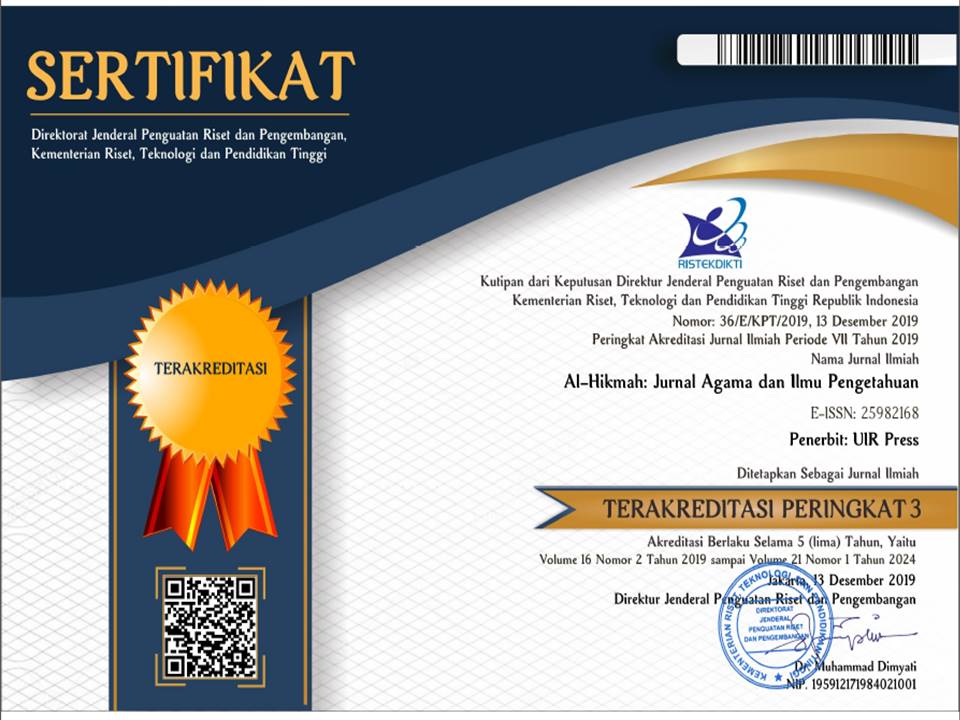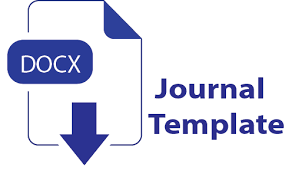The Tolerance in Poetry of Antara bin Shaddad Thematic Analysis
DOI:
https://doi.org/10.25299/al-hikmah:jaip.2020.vol17(1).3978Keywords:
Thematic criticism, Antara Bin Shaddad, Literary.Abstract
The research aims to read some models of the poet (Antara bin Shaddad" in view of thematic criticism tools, which searches for topics within the literary text, and put them under one principal topic. The researcher used the thematic approach, for categorizing the topics in the selected models, and distinguish the dominant topic among all other sub-themes. Moreover the most important results were:Despite the diversity of the topics of the poem, between the topic of tolerance, injustice, asking for help, and animal complaint, the topic of the tolerance is the main and most important topic, because all other subjects followed it.
Downloads
References
Albaniy. Nashiruddin. Mohamed. (1992) Silsilah Al Ahadits Adh Dhai’ifah. Riyadh: Darul Ma’arif
At Tebriziy. Al Khathiib. (1992). Syrh Diiwan Antarah. Beirut: Darul Kutub
Al Jardiy. Amin. Wajdi. (2018). Khathirat Ash Shufiyyah Baina Dalalah Ar Ramz wa Jamaliyah At Ta’biir. Beirut: Darul Kutubil Ilmiyah
Hasan. Abdul Karim. (1983). Al Manhaj Al Maudhu’iy An Nazhriyah Wa At Tathbiq. Beirut: Al Muassasah Al
Jami’iyyah Li Ad Dirasah wa An Nasyr wa At Tauzi’
As Sayyid. Ghassan. Badi’. (1997). An Naqd Al Maudhu’iy. Alamat Fi An Naqd Al Adabiy. Saudi Arabia: An Nadi Al Adabiy Ats Tsaqafiy
علوش، سعيد. (1989). النقد الموضوعاتي. الرباط: شركة بابل للطباعة والنشر والتوزيع.
Alusy. Saed. (1989). An Naqd Al Maudhua’tiy. Rabath: Syirkah Babil
Websites References:
https://islamqa.info/ar/answers/112966
Published: 16/01/2008, retrieved on: 04/03/2019






